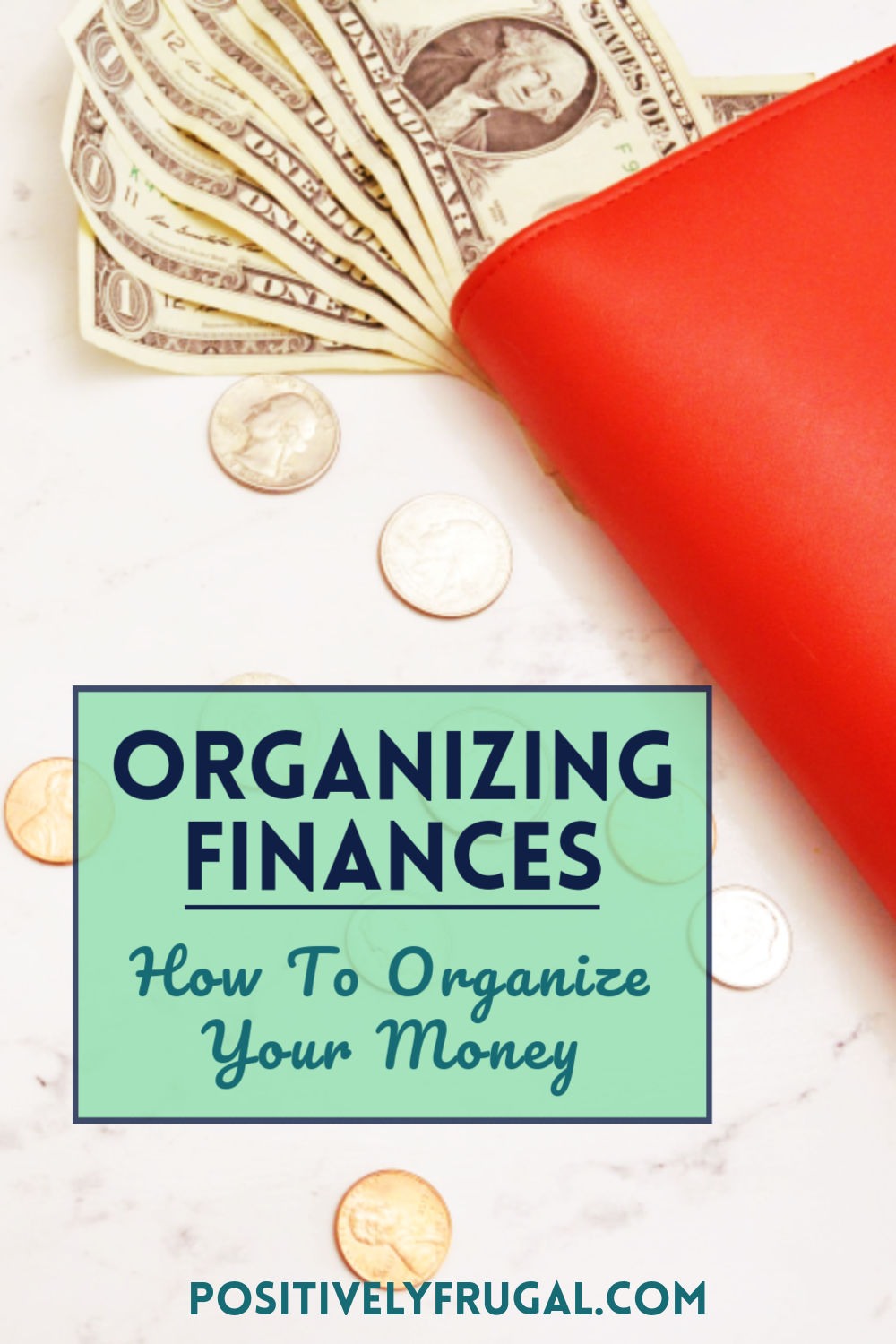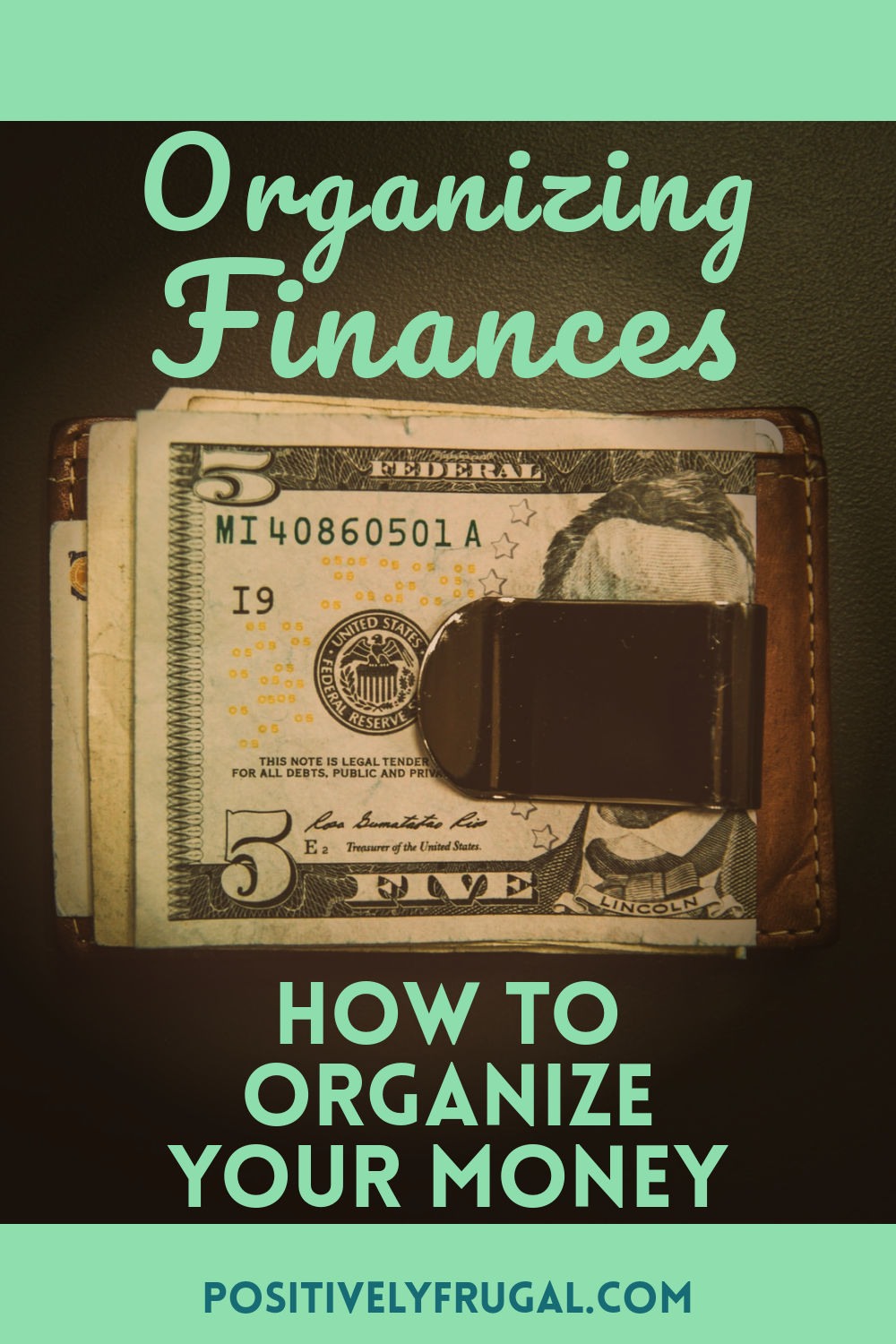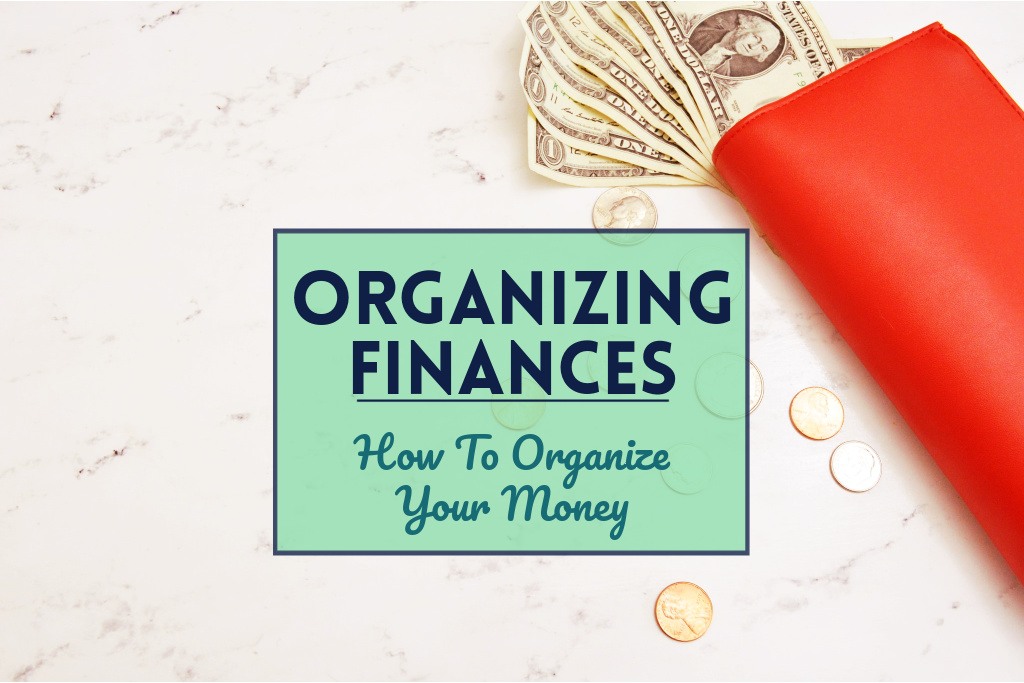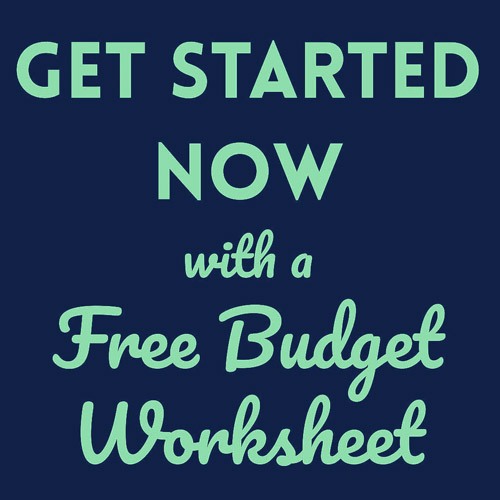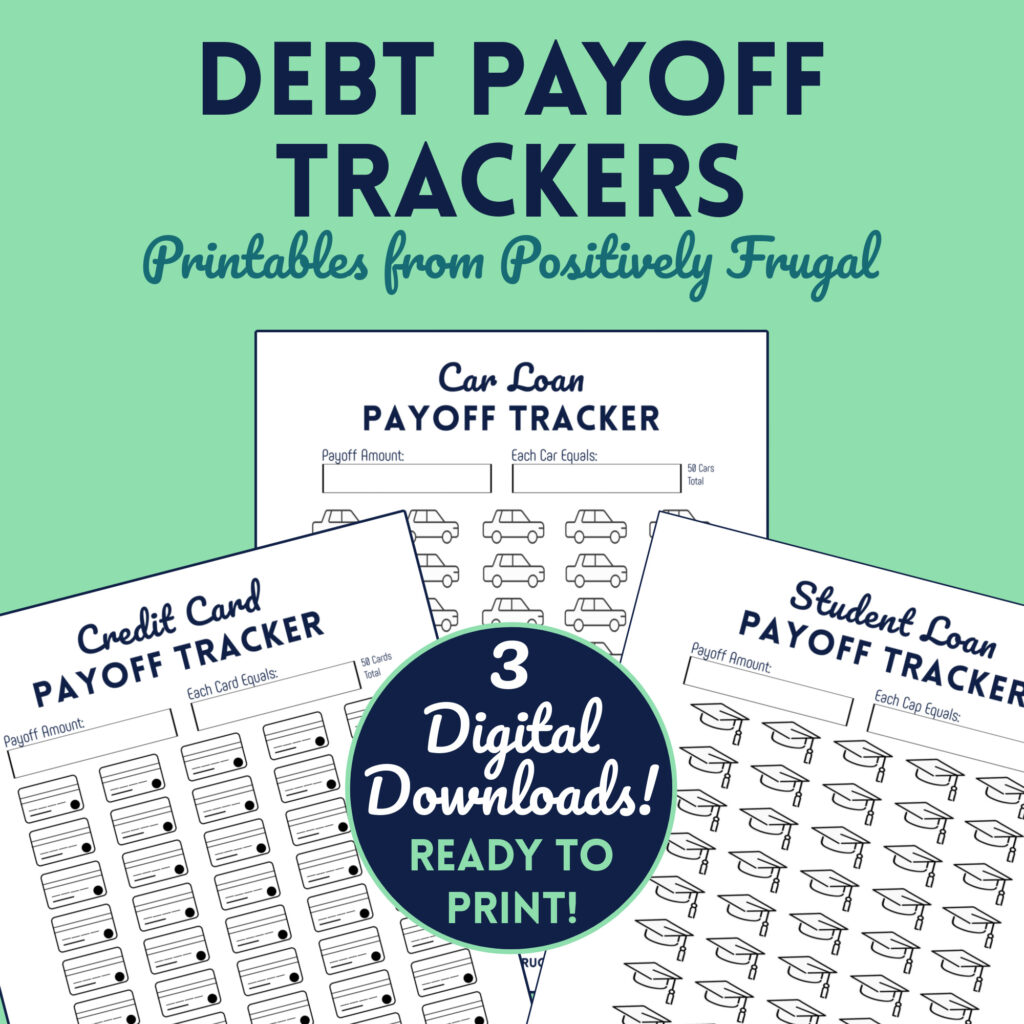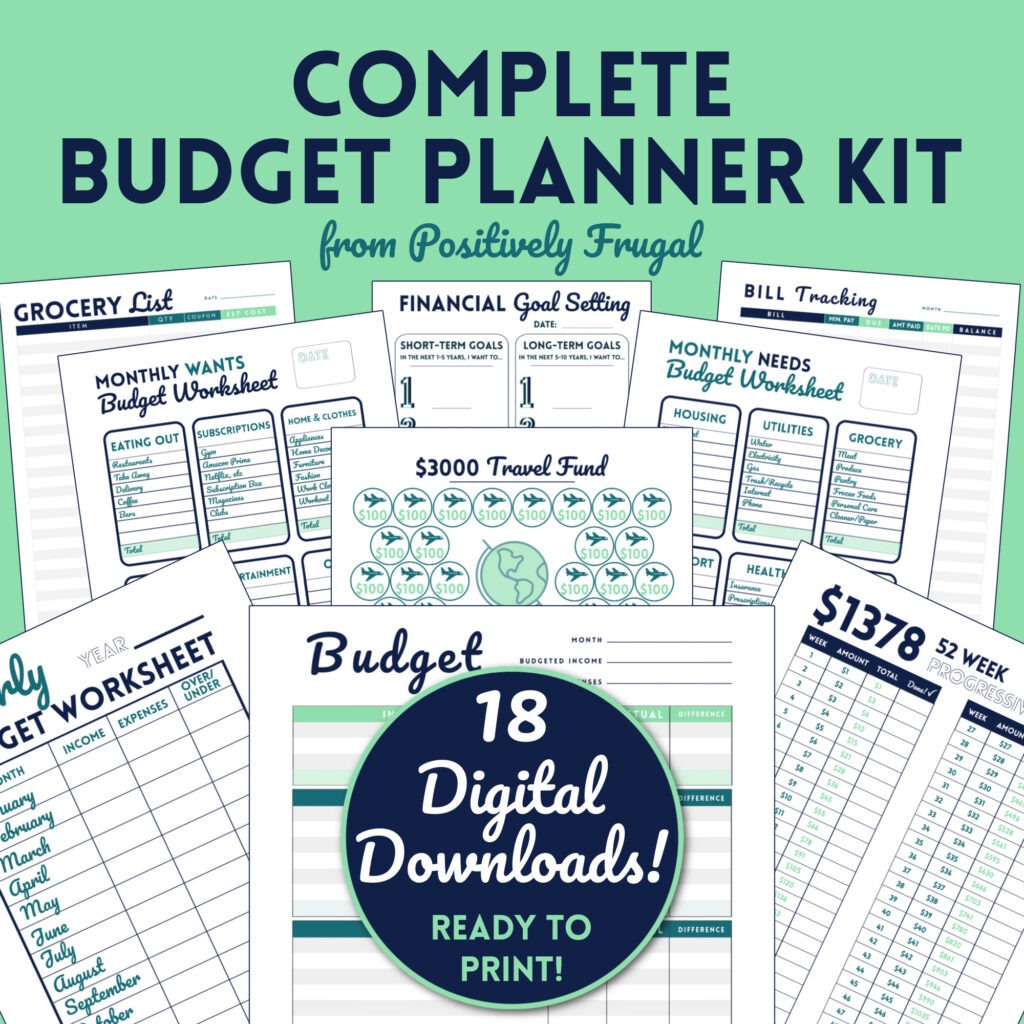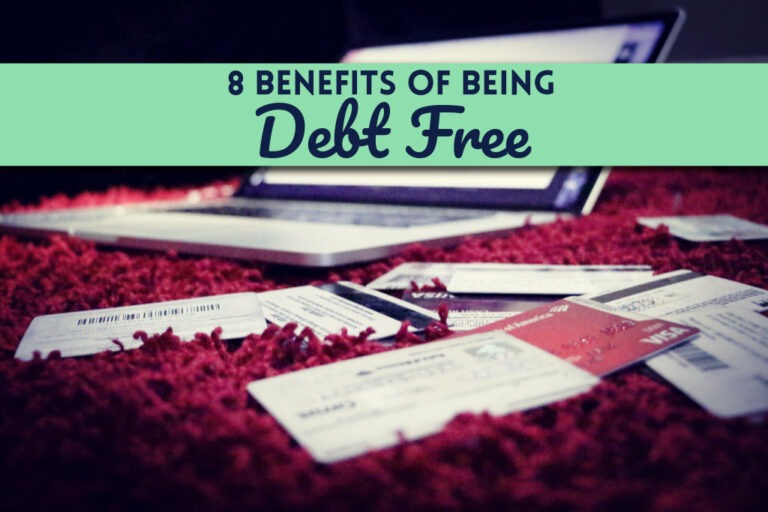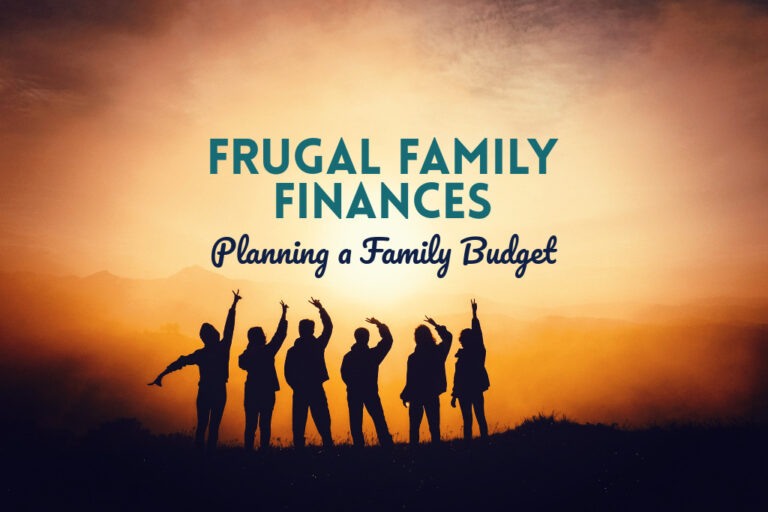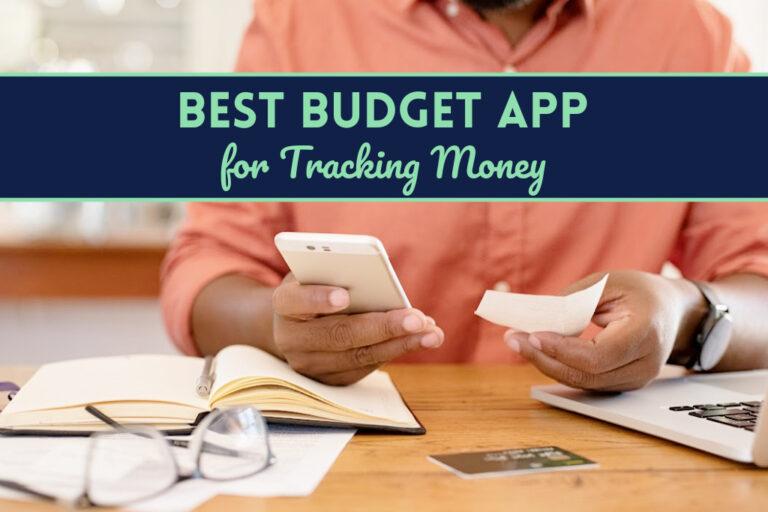Organizing finances may not sound like a fun way to spend an afternoon, but it’s a necessity if you want to get on top of your money situation. Besides, the task of sorting out finances isn’t nearly as terrifying as it sounds. Stick with me and I will show you how to organize finances in 6 easy steps.
Some of the links on this site are Affiliate Links and if you use them to make a purchase, we may earn a commission. For more information, read our Disclosure Policy.
Why Should I Organize Finances?
If you are feeling defiant about financial organizing, I understand. It can be scary to peel back the covers and peek into the reality of your situation – but, trust me, it will be worth it in the long run. Organizing personal finances – or your family finances – is incredibly beneficial…and there are a few reasons why.
Reduce Stress
When you learn how to organize home finances, you can eliminate your anxiety about finances. You will better know where you stand. Operating blindly only enhances your unease with your spending, bill payments and savings.
Get Ahead
Personal finance organization is a key step to getting ahead monetarily. When you organize money, you can more clearly see your path to future financial success and become more frugal with your money.
Make Better Financial Choices
One of the best things about organizing your finances is that you are taking control of the reins. By controlling finances, you have the power to make the best decisions for your money – and even begin to change your relationship with money.
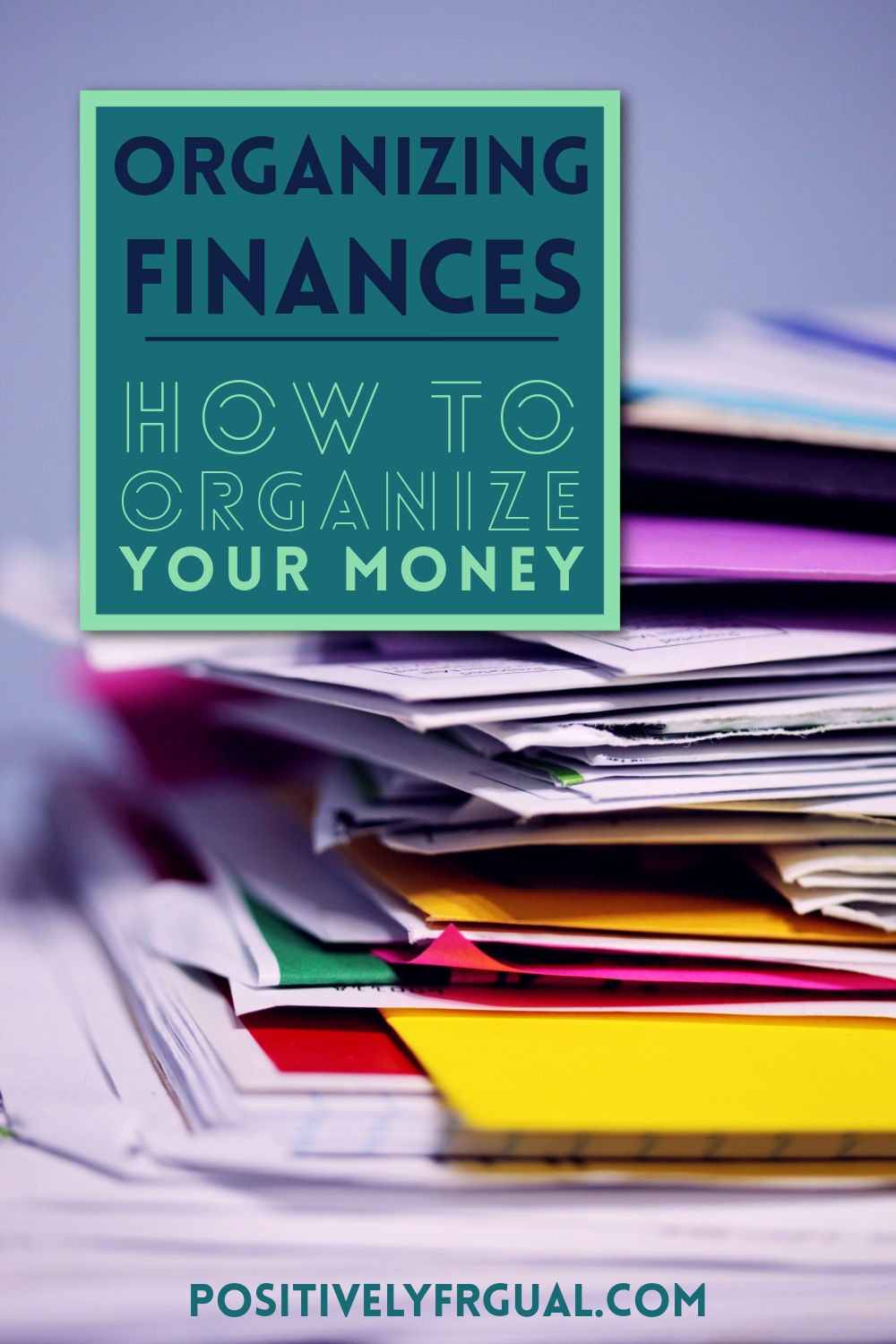
Organizing Finances in 6 Simple Steps
Now that you know a few of the benefits to organizing your financial life, you might be pondering, But how do I organize my monthly expenses and income? Well, let’s dig into how to do it. My outline of 6 simple steps of how to organize your finances will take you through the process step-by-step.
Think of organizing bills and debt like a spring cleaning for your finances. It might seem like a drag in the beginning, but once you are financially organized, you will find that it was well worth the effort!
#1 Find Out Where You Are
The first step of how to organize your money is to figure out where you are. You can’t expect to fix your finances if you don’t know your current situation.
Figure Out Your Numbers
The first step of how to organize money is to figure out where you already are financially. I suggest figuring out your Money Numbers for everything from your student loan to your current credit score to determining your net worth. You can do this on your own or with the help of a Money Numbers App.
Make a List
Next, start your organization for finance by gathering all of your accounts. Make a list – actually write it down – of your bank accounts (both savings accounts and checking accounts), credit cards, student loans and investments.
Be specific about details. Include balances, interest rates and rate of return.
Update and Pare Down
As you are organizing financial records, determine which ones need updated and which ones can be eliminated. Decide if it is in your best interest to combine accounts or cancel credit cards that you are no longer using.
Clean It Out
While organizing your financial documents, determine what to keep and what to shred. Decide how long you want to keep past bills (I like to keep my utility bills for a year so that I can compare monthly bills year-over-year…but you do what works for you!).
#2 Set Goals
The next step to organize your finances is to set your goals and strategies. It is best to set both long-term and short-term goals. When you are controlling your finances – instead of letting them control you – then you can set your road map to the future.
I share specific information about setting goals in my How To Set Financial Goals blog post. If you have already set your goals, use my advice for Sticking To Your Goals.
#3 Organize Bills
Once you have gathered your documents and set your goals, it is time to tackle the next step: Organizing Bills.
In my experience, organizing monthly bills was an integral step of how to organize my finances overall. You don’t want to breeze over organizing your bills; you want to be clear, concise and in control.
How To Organize Bills
There is no right or wrong way to organize paying bills; what’s important is that it is structured. Not only do you need to structure ways to organize bills to keep track of them, but it is also wise to come up with a standard procedure for paying bills.
Methods Used to Organize Monthly Bills
How to organize your bills will depend on your personal preference. In fact, how I organize my bills has changed over the years. Therefore, I’m highlighting a few different methods that I have used to organize bills…and, if you really need help organizing finances, you can use all three of these methods simultaneously!
Printed Bills in File Folders
If you are just starting with how to organize personal finances, then having something tangible – like the printed statement slotted into file folders – is an excellent set up. Note however, that this method works for actual physical file folders as well as digital email folders (for those who opt to receive bills electronically).
When I first decided to organize my finances and bills, a filing system was what I used to keep everything straight.
You can set up folders for each bill (putting the most recent bill in the front of the folder) or you can set up Unpaid and Paid folders, moving the paper bills from one folder to the next as you pay them.
Whichever way you decide how to organize your monthly bills in files, just make sure that you have a schedule for paying them before the set due dates and are not just filing unpaid bills into the abyss.
Spreadsheets
I love spreadsheets! Bill spreadsheets provide an at-a-glance glimpse at your money situation. I used the spreadsheet method when I was organizing my finances to pay off debt. I tracked my payments and remaining balance so that I could clearly see my progress.
You can find a specific ‘How To Organize Your Finances Spreadsheet’ in the free templates offered in Excel or Google Sheets. Alternatively, create your own with a blank spreadsheet. It doesn’t need to be complicated, it simply needs to help you stay organized.
Checklists and Calendars
Using checklists is an excellent way to organize your money and bills. It’s even better if you also use a calendar.
With a checklist of all your bills, you know what to expect and can stay on top of payments. A calendar (either paper or digital) can keep you from getting dinged with dreaded late charges.
Creating and organizing your finances checklist and calendar takes little time and yields huge benefits.
Personal Finance Apps
Many apps have been developed that will aid in your quest to learn how to organized your budget and finances. While I personally like a more hands on approach, many people like the process of how to sort out finances using a money app – like Mint or YNAB.
Create a System for Paying Bills
Regardless of how you organize your incoming bills, it is equally (if not more!) important to set a routine for paying your bills. It’s an essential key of how to be financially organized, so take some time to think about a system that will work best for you.
Set a Bill Pay Day
One way to stay on top of organizing your personal finances is to set a weekly appointment with yourself to pay bills. Some people like to coordinate their pay days with paying bills – and if that works for you, go for it!
Create Money Reminders
Creating a reminder to pay bills is another way to organize home finances. Whether you write it down on a calendar or create digital reminders through email or budgeting apps, the notices can help you pay your bills on time.
Pay Upon Receipt
Once I had a handle on how to organize my money, I switched to the Pay Upon Receipt method of paying bills. I no longer wait for a certain day of the week – and the bill itself serves as a reminder. I simply pay the bill as soon as I get it.
Go Auto
Technology, no doubt, has made how to organize your financial life much easier! If you have a firm grasp on your financials, setting up auto pay might be the best way to organize your money and bills. However, if you are still in the process of getting control of finances, then I would recommend a more hands-on approach to paying bills.
#4 Create Your Budget
Now that you have your systems in place for paying bills, it is time to move to the next step to organize personal finances: Create your budget.
For me, this is one of the biggest steps in organizing household finances. When you make a budget – and stick to it – you truly start to take control of your money. You get to dictate how much money is spent on what.
You can use my budget organization ideas in my blog post, How To Make a Monthly Budget – and when you subscribe to my blog, you get my monthly budget worksheet for free.
#5 Set Up A Plan to Pay Off Debt and Save Money
The next step of organizing home finances is to establish a plan to pay off debt and save money. Seeking out ways to lower your expenses and creating an emergency fund are also top priorities.
Eliminating Debt
Debt can be a huge hinderance to your goals and future financial planning. I strongly suggest tackling your debt head on to eliminate it for good. I also believe that once you learn how to organize money by creating systems and a budget that it becomes much easier to pay off any and all debts.
Financial gurus have outlined various tactics and strategies for eliminating debt. I like the Snowball Method that Dave Ramsey discusses in his book, The Total Money Makeover. If that is not your style, you might also find helpful advice in these Beginner Finance Books.
Saving Money
Once you get your debt and bills under control, one of the ways to organize your finances is through savings.
I recommend that you always keep track of your savings. Don’t just arbitrarily stuff money into a savings account or under your mattress.
A more organized way to save money for upcoming expenses – or even something fun like a frugal vacation – is to set up a Sinking Fund. You can set up a Sinking Fund for anything!
That said, if you want to start investing money, discussing your ultimate goals with a financial planner is a good place to start.
On the flip side, as you learn how to organize your monthly expenses, you may realize that you need to bolster your savings.
Through the process of learning how to organize monthly expenses, you may have to face the hard truth that you are spending too much. If that’s the case, read my top tips on how to jumpstart your savings in my articles on extreme frugality and fun savings games.
#6 Track Your Expenses
The final step of organizing finances at home is to begin tracking your expenses. I track my expenses diligently. Every single cent I spend is documented and then entered into a spreadsheet by category.
You can use a piece of paper, a receipt filing system (just make sure you get receipts for all expenditures!), an online program or digital app. It is not important how you do it, it is just important that you do it.
While this is relatively easy for a single person, if you are organizing family finances, come up with a tracking strategy that works for everyone – so be sure to use the tips in my blog post, Family Finances!
Organizing Finances Binder
By using the steps that I outlined, it is possible to have organized finances within a few hours. However, finance organization isn’t a one-and-done thing. Every cent that is spent and bill that comes in needs to be put into your formula on an on-going basis.
The best way to organize finances for the long haul is to create a simple financial organizer or buy a budget tracker notebook – like this one.
I think the best planner for budgeting and organization is one that you put together yourself. With a personalized budget binder, you can arrange and detail the book to your personal preferences. Not only will it help with organizing personal finances but you will also be able to easily compare your money situation month-over-month and year-over-year.
Organizing Finance: Template and Printables for Binders
You could create your own templates – but it is probably more time efficient to purchase inexpensive printables that you can print, complete and keep organized in your binder.
My affordable printable home finance organizer comes with 18 organizing finances printables – including a blank budget form, goal setting and budget worksheets, a bill tracker and expense tracker and savings trackers, too.
Additionally, I include meal planning printables – as being frugal with food is one of the best ways to save money.
Buy it here or look at more options on my Shop blog page.
Interested in more of my Budget and Goal Tips? I round them all up on the Budget & Goals page!
We Want To Know: How do you organize your money? What are your Frugal Hacks or tips for organizing finances that you think will help others? Share your advice in the comments!
More Frugal Money Matters Articles
- Why Some Frugal Habits Don’t Work
- How You Save Money by Ditching Your Car
- The Best Financial Resolutions to Make This Year
- What Products Save You Money in the Long Run
- Reduce Your Food Budget with my $50 Grocery List
Pin It!
